At a time in Texas when our water supplies are being depleted faster than they can be replenished, it is the responsibility of the stakeholders to be more efficient with this valuable resource. Irrigation professionals make up a large percentage of these stakeholders and tend to be the most visible users of water in the industry, sometimes making them a prime target for public criticism. However, the Irrigation Association’s Best Management Practices seek to make their stakeholders better stewards of water. They guide the irrigation professional to be more, if not the most, efficient stewards of water, and it all begins with a more efficient irrigation design.
The first IA BMP focusses on designing the irrigation system for water use efficiency. It states, “The irrigation system shall be designed to deliver water precisely and efficiently to maintain the function and purpose of the managed landscape while complying with any local limitations and requirements.” If we dissect this statement, we uncover the key elements that make up BMP 1.
Fundamentally, we must remember that irrigation systems are designed to supplement the lack of rainfall, to maintain soil moisture and to ultimately protect the overall health of the landscape. Often we forget this in times of sufficient or excessive rainfall when irrigation systems should not be used. When supplemental water is needed the delivery systems should be able precisely deliver the water without waste. Accurately calculating the landscape water needs while also taking into consideration soil type and any terrain that may influence water flow, will help determine the best delivery system to avoid water waste. Finally, following any and all state and local system requirements and irrigation restrictions will help design a system that will deliver supplemental water efficiently when energy and/or watering windows are present.
The very first, and most important, step that should be taken before a design is drawn up is a project analysis to ensure all factors are taken into consideration. Factors such as the water demand of plant material, the topography and elevations as well as the intended function of the landscape. This is also the time where different trades, irrigation and landscape, must work together to bridge the gap and work effectively to achieve the common goal of landscape water use efficiency.
Alternative water sources like rainwater, graywater, and air-conditioning condensate should be considered. These underutilized water sources have become a high demand, with increased requests from residential customers all the way to commercial and even municipal customers. They offer the most water efficiency in the landscape by reducing use of municipal water as well as offering solutions to erosion and storm water control problems.
Drip irrigation offers the most efficient irrigation delivery system. It is also standard or required in some areas. Understanding the proper design and management is key in the success of drip irrigation. Drip irrigation also provides the ability to be more precise in the division of precipitation rates for hydrozoning as well reducing, if not, eliminating runoff.
The use of different sensors helps aid the professional and property owner in ensuring that supplemental water is not wasted when it is not needed. Rain and freeze sensors are required in most applications and soil moisture sensors help manage soil moisture. These are also great opportunities to offer the customer newer technologies to make their properties more efficient and diversify your business by exploring market trends.
Staying on top of the newest and most effective technologies is not only vital to designing efficient irrigation systems, but can also serve to improve the overall health of your business. Every year more efficient nozzles, drip tubing, controllers, etc. are premiered and offered to the industry. Some of these technologies are even being adopted as a standard practice in drought prone areas, so staying on the cutting edge is a must to stay competitive in a growing industry.
Efficient irrigation design may be the first step to water efficiency on a project or job but it may go further back than that. Ask yourself, how focused is your organization or business on water efficiency? There is a new paradigm for water efficiency in this country and it is paramount for irrigators to make the shift. Will you?
By: Patrick Dickinson
